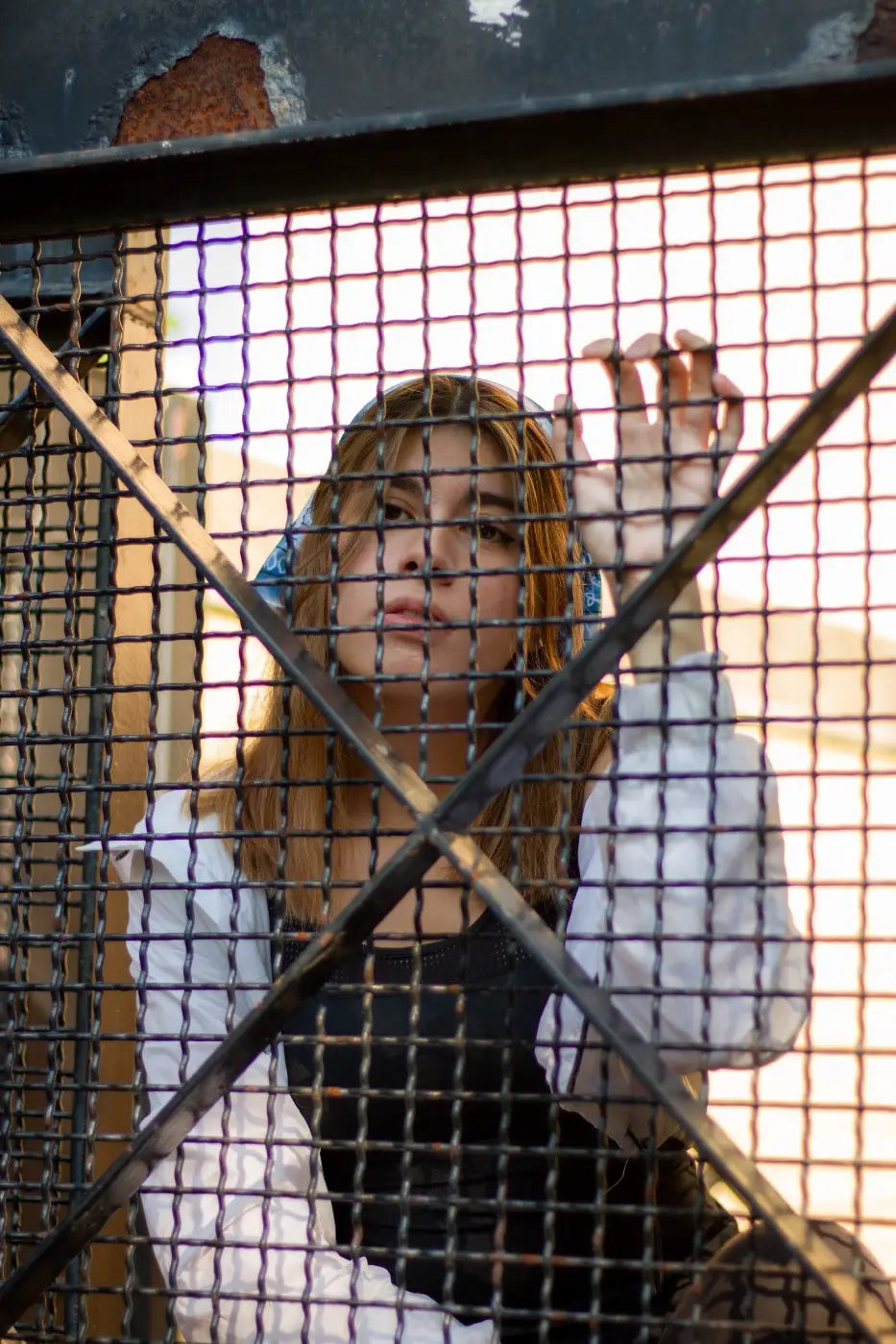Women & Children Offenders
Prisons have undergone tremendous change since the 1700s. Many of these changes pertained to the treatment of women and juvenile offenders. During and prior to the 1800s, women and children offenders were often treated in inhumane ways.
Women’s prisons were nonexistent prior to the 1800s. Women were typically arrested for sexual reasons or because they were poor. In England and the United States: women were housed in a separate unit within the male prison. Generally speaking, the conditions for women in these units were horrendous and were characterized by excessive use of solitary confinement and significant acts of physical and sexual abuse by both the male inmates and the male guards. Women in these facilities received few, if any, services (Freedman, 1981). At Auburn State Prison in New York, women were housed together in an attic space where they were unmonitored and received their meals from male inmates. In many cases, these men would stay longer than necessary to complete their job duties. To no surprise, there were many prison related pregnancies that resulted from these interactions.
Juveniles were also mistreated by the prison system. Children were routinely sentenced to adult prisons and often given the death penalty. In the 1800s both children and women would be given separate facilities. The primary reasons for providing separate facilities included:
(1) The penitentiary regimen was too hard on tender youth,
(2) Juveniles would learn bad habits from older criminals and be embittered by the experience of confinement, and
(3) Adolescents could be reformed if they were diverted early enough into institutions designed specifically for people their age (Foster, 2005).
Women also needed to be separated in their own facilities in order to stop the cruel treatment. Lack of separation of juveniles led to almost no chance or reform for these individuals. Reform in prisons led to the use of prison labor but this was also problematic because it spawned corruption in prions. The use of prisoners led to workers being arrested for their work experience rather than crime. For example, if a prison work project needed bricklayers the police would arrest some bricklayers (City of Philadelphia Historical Commission, 1994). As a result of all of these problems women, men, and children would be given their own facilities. Punishment and the use of prison labor would radically decline.
References
City of Philadelphia Historical Commission. (1994). Eastern State Penitentiary Task Force of the Preservation Coalition of Greater Philadelphia. Retrieved from Preservation Coalition of Greater Philadelphia: http://www.google.com/url?sa=t&rct=j&q=&esrc=s&source=web&cd=2&cad=rja&uact=8&ved=0CCUQFjAB&url=ht
Foster, B. (2005). Corrections: The Fundamentals. New Jersey: Prentice Hall.
Photo by Ayman Hallak on Unsplash
~Citation~
Triola Vincent. Sat, Mar 13, 2021. Development of Corrections Retrieved from https://vincenttriola.com/blogs/ten-years-of-academic-writing/development-of-corrections
